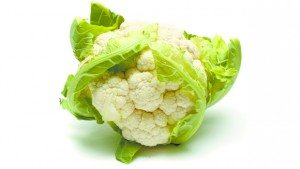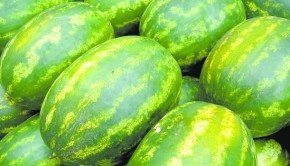Improve Food and Your Health with Turmeric
Turmeric is an East Indian tropical herb of the ginger family. It flourishes in the rich, moist soils of Java, China, India and Bangladesh. It is also a valuable cash crop in many other tropical areas of the Far East. Like ginger, it is the underground rhizome of the plant which is used, but it is both sweeter and more fragrant than ginger.
Turmeric is sometimes available fresh, when it looks similar to fresh ginger, but is normally bought dried, either whole or ground. In southern India, the bright yellow, aromatic root is eaten raw and has a buttery, slightly peppery and mustard-like taste, which is clean and refreshing. Some compare the flavor to horseradish.
As one of the basic curry spices, turmeric gives a pleasantly warm and rich undertone to food, as well as adding unmistakable coloring to recipes. It can be added to any curried dish or used alone to lend color and subtle spice to grains, beans, chutneys and sauces. Turmeric may be used as a less costly substitute for saffron, but consider lowering the amount, because turmeric has a stronger flavor.
Turmeric has many health benefits. It is antifungal and helps heal wounds internally and externally. For an abrasion, bruise or traumatic swelling, a half-teaspoon of turmeric and a pinch of salt may be made into a paste with water or ghee and applied to the affected area.
Turmeric stimulates the gallbladder and biliary duct to discharge bile into the small intestine and increase the body’s excretion of cholesterol. It stimulates the liver to increase the production of bile, which helps emulsify fats in the duodenum and increase peristalsis. It is a noted blood purifier and has a soothing action on respiratory ailments.
Turmeric benefits circulation, helps regulate the menstrual cycle and works as a restorative after loss of blood at childbirth. It is very useful in helping the body digest proteins, and when combined with coriander and cumin, aids in the digestion of complex carbohydrates.
The most active component in turmeric is curcumin, the yellow pigment, which is effective as an anti-inflammatory and antimicrobial agent, as well as a cardiovascular and gastrointestinal aid. Turmeric is considered to have beneficial effects on the skin, and many attribute the velvety complexion of Indian women to their daily intake of turmeric.
One word of warning—conventionally grown herbs may contain some or all of the following: fillers, anti-caking agents, artificial colorings, preservatives, monosodium glutamate and pesticide residues. Look for organically grown, non-irradiated herbs in your local natural foods and herb stores.
Here’s a great recipe for homemade curry powder with maximum flavor and minimal heat, and a refreshing, nutritious salad perfect for an outdoor spring lunch.
Homemade Curry Powder
6 Tbsp turmeric
4 Tbsp cumin
1 Tbsp cardamom
1 Tbsp coriander
1 Tbsp cinnamon
1 Tbsp black pepper
1 Tbsp fenugreek
1 Tbsp ginger
Combine all ingredients. Amounts can be multiplied or divided to suit, as long as ratios remain the same.
Curried Cauliflower Cabbage
2 cups chopped cauliflower
2 cups chopped purple or green cabbage
½ cup chopped green onions
½ cup fresh squeezed lemon juice
2 Tbsp cold pressed olive oil
1 tsp ground turmeric
1 tsp curry powder
Pinch cayenne pepper
1 Tbsp fresh chopped ginger
2 tsp Himalayan salt
Toss the ingredients until all is well coated. Put in the fridge for a few hours so the flavors can meld together and enjoy.
<












